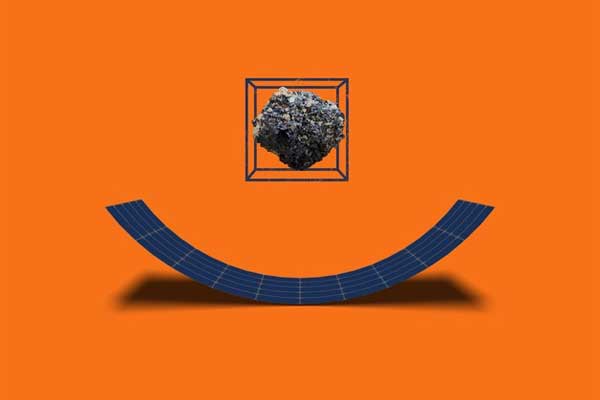The general rule when developing a new kind of solar technology is to expect progress to be slow. Take silicon solar cells, the most ubiquitous and recognizable form of photovoltaic generations today. When silicon panels were first built in the early 1950s, they could only turn about 6 percent of the light that hit them into electricity. More than 30 years later, that number had inched up to 20 percent, and today—30 years after that—they regularly perform in the mid 20s.
So when, in 2017, a new material jumped from 3.8 percent to 22.7 percent efficiency after less than 8 years of development, it got people’s attention.
“This was the first time we really didn’t know much about the material, and we were still able to make really efficient solar cells,” says Joe Berry, who works on solar cells at the National Renewable Energy Lab in Golden, Colorado. And that efficiency will only continue to improve as scientists learn more about the new material, Berry explains. “My expectation is that it will be faster than anything that’s happened before.”
The new material is called perovskite, after a naturally occurring mineral found abundantly throughout the Earth’s crust. Perovskite photovoltaics are made out of a different material with a similar crystal structure, which gives them semiconductor properties. They are sometimes referred to as “hybrid perovskite cells” because they exhibit characteristics of various existing photovoltaics.
“They’re like the Reese’s peanut butter cup of solar cells,” says Dan Schwartz, director of Washington’s Clean Energy Institute, where companies rent lab space to develop new solar and battery technologies. “They bring some of the best parts of each, and some of the challenges.”










Comments